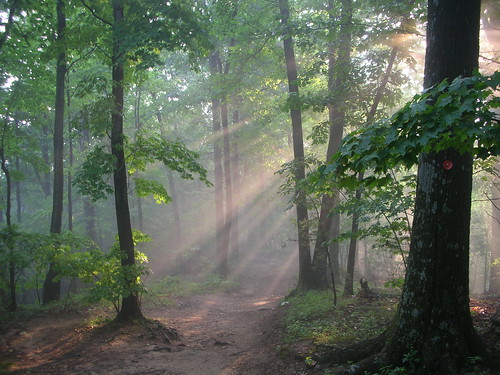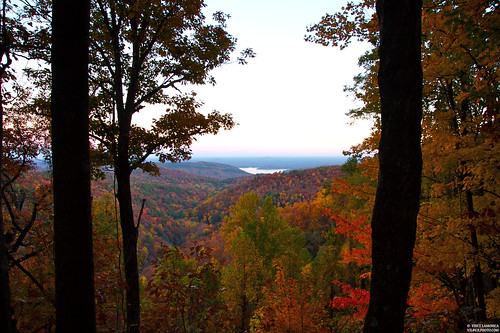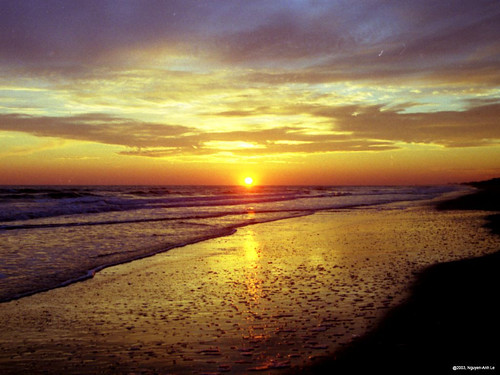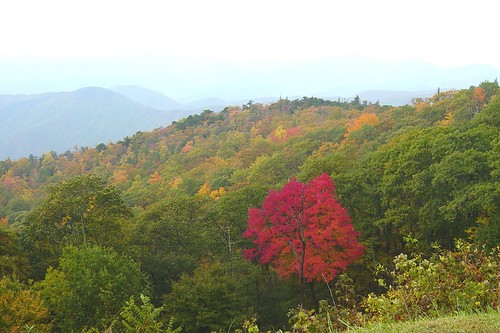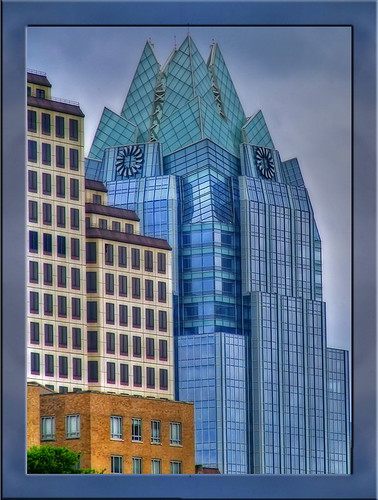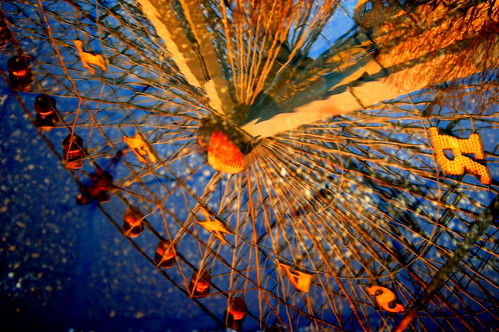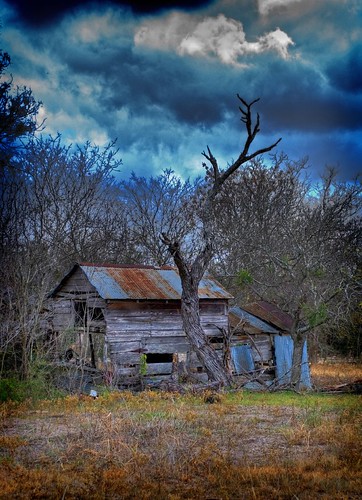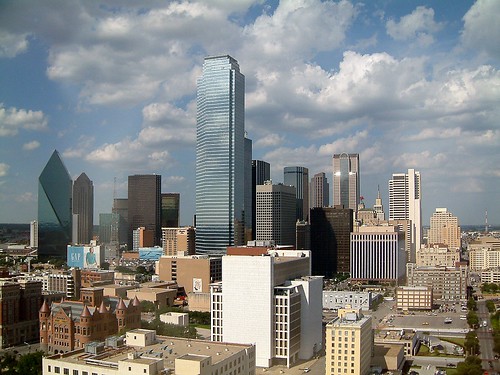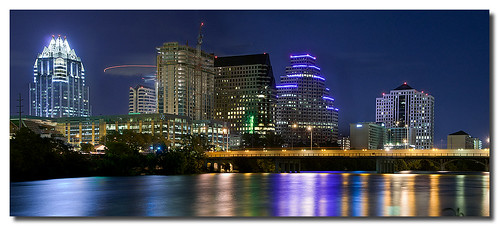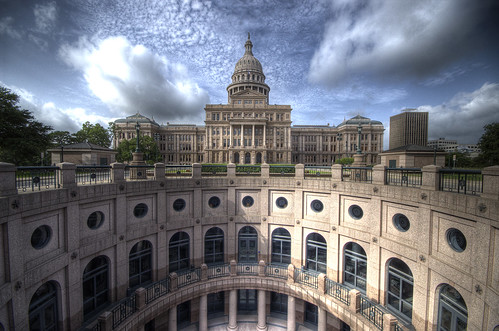
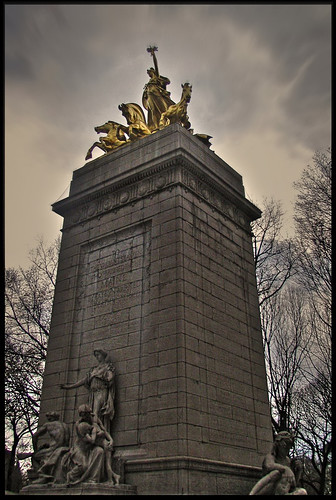
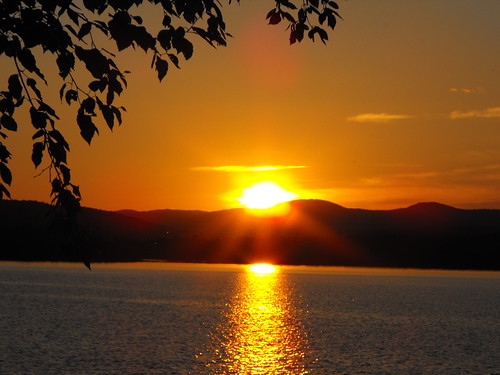


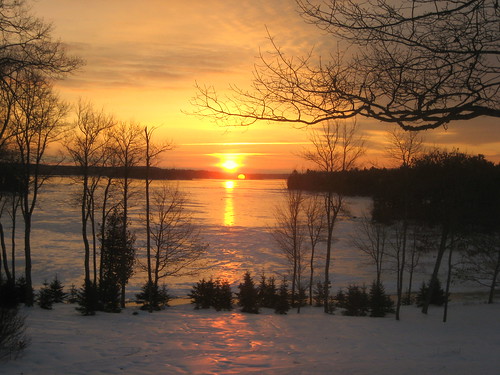
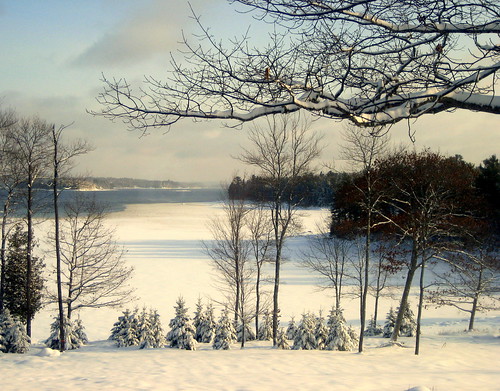
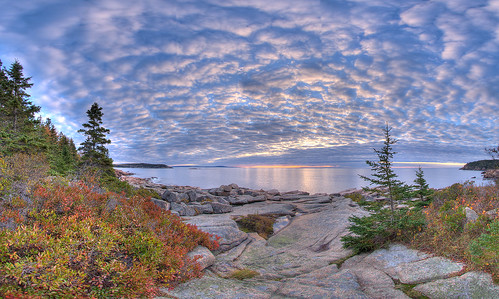



The picturesque New England state of Maine lies in the easternmost reaches of the United States, bordering on the Canadian provinces of Quebec and New Brunswick. Similar to its Canadian neighbors, Maine is a lovely contrast of rugged coastline dotted with picture perfect lighthouses, fishing villages and sandy beaches, and an interior covered with lush forest, towering mountains and mirror-like lakes.
Maine is the largest state in the New England area, but remains one of the most sparsely populated states in the country, creating a wide expanse of unspoilt wilderness. The original inhabitants of the area were Native Americans of the Algonquin group, while European settlement by the French occurred in 1604. Over subsequent years, control of the region was fought over by the English, French and the Americans - evidence of which remains in the large number of historic forts still standing today. The strong Acadian and French Canadian heritage of the area can still be felt, particularly in the Acadian Village in Aroostook county and other parts of central Maine, while the coast boasts a fierce maritime heritage.
The warmer months bring a flood of holidaymakers to Maine and summer homes pepper the landscape. With plenty of outdoor activities, this is the nature lover's and outdoor enthusiast's paradise. The state experiences harsh winters, but this brings its own charms. Snowboarding, skiing and snow-shoeing replace the summer activities of canoeing, kayaking, camping and hiking. In true New England style, autumn brings a festival of colors to the foliage and spring is a riot of blossoms. The Acadia National Park, on Maine's Mount Desert Island, provides an opportunity to enjoy the spectacular beauty of the state, as well as its wildlife and birdlife.
History buffs can enjoy plenty of historical sites, including visits to the house of poet and Maine native Henry Wadsworth-Longfellow; food lovers can feast on the region's fine seafood and blueberries, and city lovers can roam the streets of the capital Augusta and the bustling city of Portland. Maine is big, beautiful and charming, and is well worth exploring from top to bottom, whatever the season.
Maine has a continental climate, with cold winters and warm summers. Winter temperatures drop between 20°F and 30°F (about -4°C), while summer temperatures range between 80°F and 90°F (30°C and up). The northern part of the state tends to be drier and colder in comparison to the southern and coastal areas, while the sea keeps the coastal temperatures moderate. Snowfall occurs in winter.
Unfortunately, over-zealous Independence Day celebrants managed to set fire to most of the city's commercial buildings, hundreds of houses and roughly half the city's churches in 1886, causing it to be rebuilt once again, this time in a Victorian style. Spectacular examples of this architecture can be found in the mansions set along the famous Western Promenade.
Despite its tough beginning, Portland remains a beautiful city, ideally situated on a peninsula that juts out into Casco Bay, flanked by several small islands. Historic architecture blends with modern amenities and the city is a bustle of activity, making it one of the country's top cities to live in. Resplendent in natural beauty, Portland is highly popular in summer and visitors can enjoy boat rides; walks, shopping and dining at the Old Port historic waterfront; a visit to the Downtown Arts District or to the prominent Portland Head Light Lighthouse. The home of poet Henry Wadsworth-Longfellow is also well worth a visit, as is the Maine History Gallery, and for the kids, there is the Children's Museum of Maine.
Portland is a wonderful city to visit in its own right, with plenty of attractions, activities and sights for the visitor, and it is also a useful base from which to explore the rest of this beautiful state.
Getting Around: Portland is relatively easy to negotiate on foot, with plenty of attractions within walking distance of each other. The Old Port is worth exploring on foot, as is the Downtown Arts District. A car is worth hiring if exploring surrounding areas and parking is readily available within the city with free 'park and shop' options available at downtown parking garages. Tickets can be stamped for an hour's free parking at a number of downtown locations. The Portland Explorer Bus is another easy option, particularly for tourists. Operating from May to October, a ride is $2 (children under 12 ride free) and the bus connects major tourist attractions and several hotels.
Evidence of Native American settlement on Mount Desert Island dating back roughly 5,000 years can be found in large shell heaps, though not much is known about the island's early history. Like the rest of Maine and surrounds, the island's European settlement was originally French, which was then later dominated by the English.
In the early 1800s, a group of writers and artists known as the 'rusticators' (due to their braving of the very basic accommodation and simple fare) began to put Mount Desert Island on the map, immortalising its lush forest, tall peaks (in particular Mount Cadillac) and its ocean scenery. Soon the island began to lure America's wealthiest families and the Rockefellers, Astors, Vanderbilts and the like soon set up ostentatious summer homes and a period of extravagance followed, tempered only by World War II. Fortunately, relaxation combined with conservation and many of these families enabled the protection of the island's flora and fauna by the creation of parks.
Today, Mount Desert Island is still a popular place to visit and offers plenty of activities such as hiking, fishing, watersports, horseriding and cycling; succulent Maine Lobster, and plenty of relaxation. Bar Harbor is a picturesque town, close to the Acadia National Park and worth a visit in its own right. Bar Island is accessible on foot from the pier at Bar Harbor, and the Shore Path showcases the island's spectacular scenery. When visiting Maine, an excursion to this island gem is an absolute must.
Getting Around: The Island Explorer fare-free shuttle operates late June to Columbus Day, stopping between various lodges and campgrounds on the island and in Acadia National Park. Visitors are required to purchase an entrance pass to the park.
It is no surprise that the Portland Head Light lighthouse is the most photographed lighthouse in the world. Every view of this 18th century lighthouse is spectacular. The lighthouse took four years to build and was completed in 1791. The lamps originally used to power the light were of whale oil, replaced by an autobeacon in 1958. The lighthouse is situated in Fort Williams Park and has an interesting museum housed within the old lighthouse Keepers Quarters. It is well worth packing a picnic and enjoying the beauty of the park and exploring the historic forts within its parameters.
Address: 1000 Shore Road, Cape Elizabeth
Phone Number: (207) 799 2661
Email Address: cephl@aol.com Website: www.portlandheadlight.com
Hours: Daily 10am to 4pm. Museum opening hours differ according to month, see website for more details
Admission: $2 (adults); $1 (children 6-18)
Built between 1785 and 1786, the Wadsworth-Longfellow house was home to three generations of a Portland family that formed an integral part of the cultural, political and literary life of New England and the rest of the country. Revolutionary War General Peleq Wadsworth was its first inhabitant and Anne Longfellow Pierce (younger sister of poet Henry Wadsworth-Longfellow) its last. It was Anne's foresight that left the house, grounds and furniture to the Maine History Society, allowing public access. The house was the first brick building in Portland and visitors can enjoy a ramble through the three-story house (containing effectively all original furniture and artifacts) and the Maine Historical Society Museum. Several different tours are also available throughout the year.
Address: 489 Congress Street
Phone Number: (207) 774 1822
Email Address: info@mainehistory.org
Website: www.mainehistory.org/house_overview.shtml
Hours: House and garden guided tours: Monday to Saturday 10am to 5pm; Sundays 12pm to 5pm (May to October); Museum: Monday to Saturday 10am to 5pm
Admission: $7 (adults); $3 (children). Prices include Museum admission. Concessions available
Stretching from upper Congress Street to the West End, the Arts District incorporates several galleries and museums, including the Portland Museum of Art, the largest of its kind in Maine and dating back to 1882. A great way to explore the Arts District is by participating in the First Art Walk - a self-guided tour that runs on the first Friday of every month from 5pm to 8pm. Local businesses, museums and galleries are open to the public and aim to highlight what is new in the art community. The Portland Art Museum offers free admission for the Art Walk.
Address: Upper Congress Street to the West End. Portland Museum of Art: 7 Congress Square
Phone Number: Portland Museum of Art: (207) 775 6148
Email Address: info@portlandmuseum.org
Website: www.portlandmuseum.org
Hours: Portland Museum of Art: Tuesday to Thursday, Saturday and Sunday 10am to 5pm; Friday 10am to 9pm
Admission: $10 (adults); $4 (children 6-17). Fridays free between 5pm and 9pm
The Acadia National Park encompasses 60 square miles (155 sq km) of rugged coastline, forest, granite peaks, lakes and plenty of wildlife. Roughly four million visitors flock here each year to drink in the beauty of the park, hike up Mount Cadillac, spot wildlife or enjoy a ranger-led program. Summer is a popular time to visit, but winter offers cross-country skiing and snow-shoeing (though several roads close due to snow), and of course autumn is a spectacle of color. Acadia National Park remains one of the most visited parks in the United States.
Phone Number: (207) 288 3338
Website: www.nps.gov/acad
Transport: The Island Explorer fare-free shuttle operates late June to Columbus Day, stopping at lodges and campgrounds on the island and parts of the park; an entrance pass for the park is required to ride the shuttle
Hours: Park open daily. Hulls Cove Visitor Center: open mid-April to October 8am to 4.30pm, closing at 6pm in July and August
Admission: From May to October: $20 per vehicle, $5 for individuals, for 7-day pass (23 June to October), $10 the rest of the season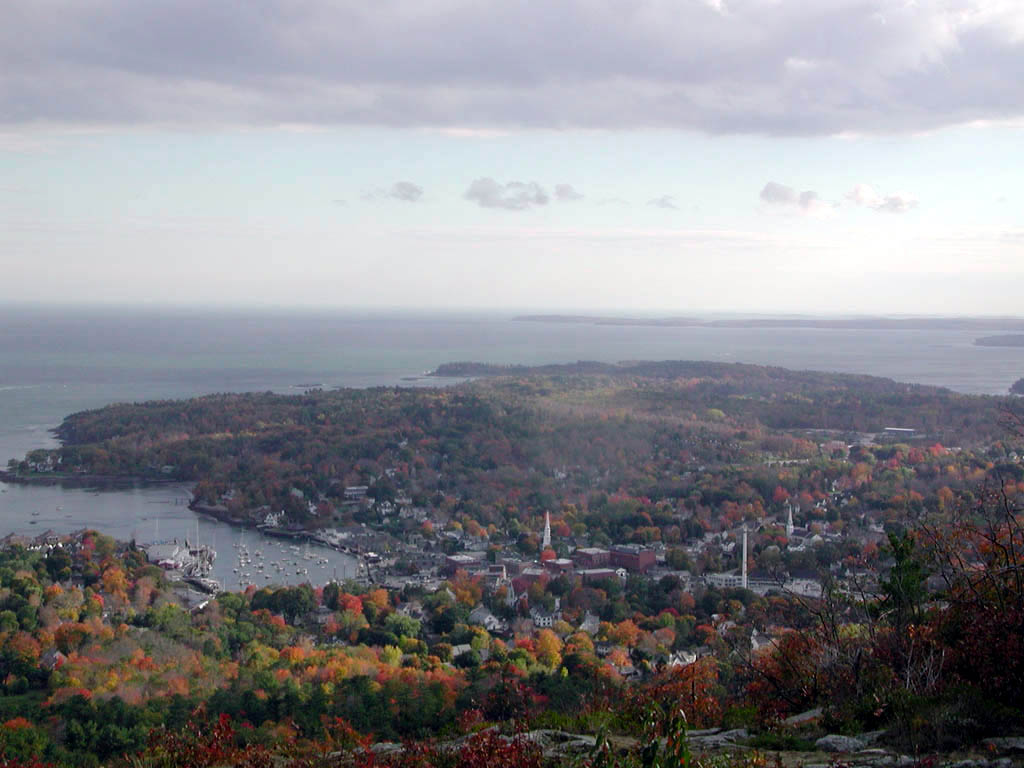




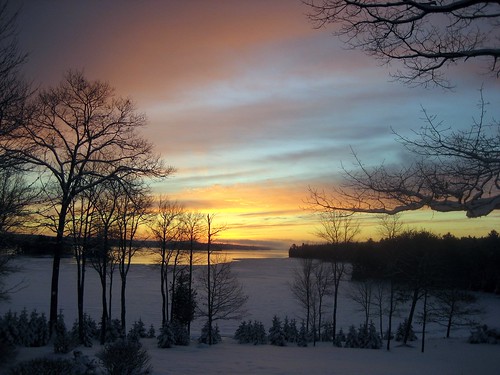
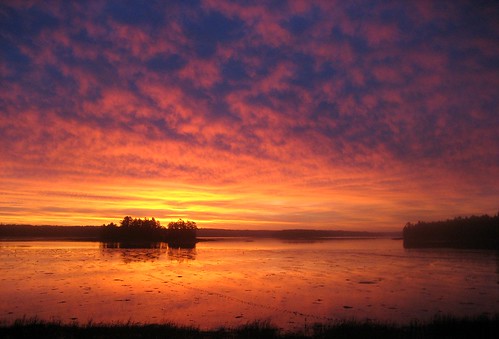




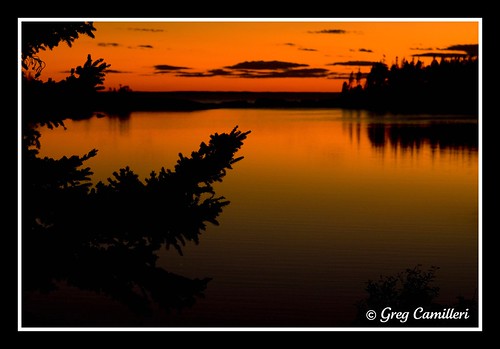

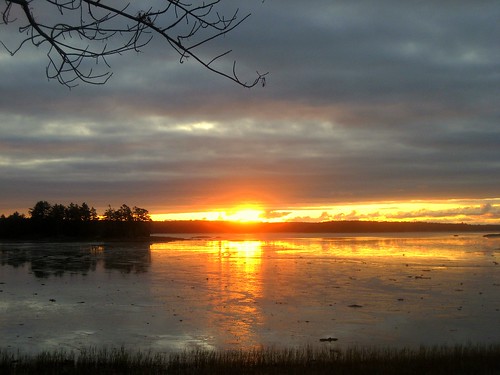
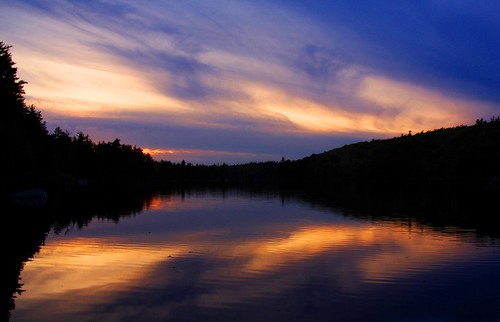
Maine is the largest state in the New England area, but remains one of the most sparsely populated states in the country, creating a wide expanse of unspoilt wilderness. The original inhabitants of the area were Native Americans of the Algonquin group, while European settlement by the French occurred in 1604. Over subsequent years, control of the region was fought over by the English, French and the Americans - evidence of which remains in the large number of historic forts still standing today. The strong Acadian and French Canadian heritage of the area can still be felt, particularly in the Acadian Village in Aroostook county and other parts of central Maine, while the coast boasts a fierce maritime heritage.
The warmer months bring a flood of holidaymakers to Maine and summer homes pepper the landscape. With plenty of outdoor activities, this is the nature lover's and outdoor enthusiast's paradise. The state experiences harsh winters, but this brings its own charms. Snowboarding, skiing and snow-shoeing replace the summer activities of canoeing, kayaking, camping and hiking. In true New England style, autumn brings a festival of colors to the foliage and spring is a riot of blossoms. The Acadia National Park, on Maine's Mount Desert Island, provides an opportunity to enjoy the spectacular beauty of the state, as well as its wildlife and birdlife.
History buffs can enjoy plenty of historical sites, including visits to the house of poet and Maine native Henry Wadsworth-Longfellow; food lovers can feast on the region's fine seafood and blueberries, and city lovers can roam the streets of the capital Augusta and the bustling city of Portland. Maine is big, beautiful and charming, and is well worth exploring from top to bottom, whatever the season.
Maine has a continental climate, with cold winters and warm summers. Winter temperatures drop between 20°F and 30°F (about -4°C), while summer temperatures range between 80°F and 90°F (30°C and up). The northern part of the state tends to be drier and colder in comparison to the southern and coastal areas, while the sea keeps the coastal temperatures moderate. Snowfall occurs in winter.
- Portland (Maine)
Unfortunately, over-zealous Independence Day celebrants managed to set fire to most of the city's commercial buildings, hundreds of houses and roughly half the city's churches in 1886, causing it to be rebuilt once again, this time in a Victorian style. Spectacular examples of this architecture can be found in the mansions set along the famous Western Promenade.
Despite its tough beginning, Portland remains a beautiful city, ideally situated on a peninsula that juts out into Casco Bay, flanked by several small islands. Historic architecture blends with modern amenities and the city is a bustle of activity, making it one of the country's top cities to live in. Resplendent in natural beauty, Portland is highly popular in summer and visitors can enjoy boat rides; walks, shopping and dining at the Old Port historic waterfront; a visit to the Downtown Arts District or to the prominent Portland Head Light Lighthouse. The home of poet Henry Wadsworth-Longfellow is also well worth a visit, as is the Maine History Gallery, and for the kids, there is the Children's Museum of Maine.
Portland is a wonderful city to visit in its own right, with plenty of attractions, activities and sights for the visitor, and it is also a useful base from which to explore the rest of this beautiful state.
Getting Around: Portland is relatively easy to negotiate on foot, with plenty of attractions within walking distance of each other. The Old Port is worth exploring on foot, as is the Downtown Arts District. A car is worth hiring if exploring surrounding areas and parking is readily available within the city with free 'park and shop' options available at downtown parking garages. Tickets can be stamped for an hour's free parking at a number of downtown locations. The Portland Explorer Bus is another easy option, particularly for tourists. Operating from May to October, a ride is $2 (children under 12 ride free) and the bus connects major tourist attractions and several hotels.
- Mount Desert Island
Evidence of Native American settlement on Mount Desert Island dating back roughly 5,000 years can be found in large shell heaps, though not much is known about the island's early history. Like the rest of Maine and surrounds, the island's European settlement was originally French, which was then later dominated by the English.
In the early 1800s, a group of writers and artists known as the 'rusticators' (due to their braving of the very basic accommodation and simple fare) began to put Mount Desert Island on the map, immortalising its lush forest, tall peaks (in particular Mount Cadillac) and its ocean scenery. Soon the island began to lure America's wealthiest families and the Rockefellers, Astors, Vanderbilts and the like soon set up ostentatious summer homes and a period of extravagance followed, tempered only by World War II. Fortunately, relaxation combined with conservation and many of these families enabled the protection of the island's flora and fauna by the creation of parks.
Today, Mount Desert Island is still a popular place to visit and offers plenty of activities such as hiking, fishing, watersports, horseriding and cycling; succulent Maine Lobster, and plenty of relaxation. Bar Harbor is a picturesque town, close to the Acadia National Park and worth a visit in its own right. Bar Island is accessible on foot from the pier at Bar Harbor, and the Shore Path showcases the island's spectacular scenery. When visiting Maine, an excursion to this island gem is an absolute must.
Getting Around: The Island Explorer fare-free shuttle operates late June to Columbus Day, stopping between various lodges and campgrounds on the island and in Acadia National Park. Visitors are required to purchase an entrance pass to the park.
- Portland Head Light
It is no surprise that the Portland Head Light lighthouse is the most photographed lighthouse in the world. Every view of this 18th century lighthouse is spectacular. The lighthouse took four years to build and was completed in 1791. The lamps originally used to power the light were of whale oil, replaced by an autobeacon in 1958. The lighthouse is situated in Fort Williams Park and has an interesting museum housed within the old lighthouse Keepers Quarters. It is well worth packing a picnic and enjoying the beauty of the park and exploring the historic forts within its parameters.
Address: 1000 Shore Road, Cape Elizabeth
Phone Number: (207) 799 2661
Email Address: cephl@aol.com Website: www.portlandheadlight.com
Hours: Daily 10am to 4pm. Museum opening hours differ according to month, see website for more details
Admission: $2 (adults); $1 (children 6-18)
- Wadsworth-Longfellow House
Built between 1785 and 1786, the Wadsworth-Longfellow house was home to three generations of a Portland family that formed an integral part of the cultural, political and literary life of New England and the rest of the country. Revolutionary War General Peleq Wadsworth was its first inhabitant and Anne Longfellow Pierce (younger sister of poet Henry Wadsworth-Longfellow) its last. It was Anne's foresight that left the house, grounds and furniture to the Maine History Society, allowing public access. The house was the first brick building in Portland and visitors can enjoy a ramble through the three-story house (containing effectively all original furniture and artifacts) and the Maine Historical Society Museum. Several different tours are also available throughout the year.
Address: 489 Congress Street
Phone Number: (207) 774 1822
Email Address: info@mainehistory.org
Website: www.mainehistory.org/house_overview.shtml
Hours: House and garden guided tours: Monday to Saturday 10am to 5pm; Sundays 12pm to 5pm (May to October); Museum: Monday to Saturday 10am to 5pm
Admission: $7 (adults); $3 (children). Prices include Museum admission. Concessions available
- Downtown Arts District
Stretching from upper Congress Street to the West End, the Arts District incorporates several galleries and museums, including the Portland Museum of Art, the largest of its kind in Maine and dating back to 1882. A great way to explore the Arts District is by participating in the First Art Walk - a self-guided tour that runs on the first Friday of every month from 5pm to 8pm. Local businesses, museums and galleries are open to the public and aim to highlight what is new in the art community. The Portland Art Museum offers free admission for the Art Walk.
Address: Upper Congress Street to the West End. Portland Museum of Art: 7 Congress Square
Phone Number: Portland Museum of Art: (207) 775 6148
Email Address: info@portlandmuseum.org
Website: www.portlandmuseum.org
Hours: Portland Museum of Art: Tuesday to Thursday, Saturday and Sunday 10am to 5pm; Friday 10am to 9pm
Admission: $10 (adults); $4 (children 6-17). Fridays free between 5pm and 9pm
- Acadia National Park
The Acadia National Park encompasses 60 square miles (155 sq km) of rugged coastline, forest, granite peaks, lakes and plenty of wildlife. Roughly four million visitors flock here each year to drink in the beauty of the park, hike up Mount Cadillac, spot wildlife or enjoy a ranger-led program. Summer is a popular time to visit, but winter offers cross-country skiing and snow-shoeing (though several roads close due to snow), and of course autumn is a spectacle of color. Acadia National Park remains one of the most visited parks in the United States.
Phone Number: (207) 288 3338
Website: www.nps.gov/acad
Transport: The Island Explorer fare-free shuttle operates late June to Columbus Day, stopping at lodges and campgrounds on the island and parts of the park; an entrance pass for the park is required to ride the shuttle
Hours: Park open daily. Hulls Cove Visitor Center: open mid-April to October 8am to 4.30pm, closing at 6pm in July and August
Admission: From May to October: $20 per vehicle, $5 for individuals, for 7-day pass (23 June to October), $10 the rest of the season


















 1:41 PM
1:41 PM
 crkota
crkota


